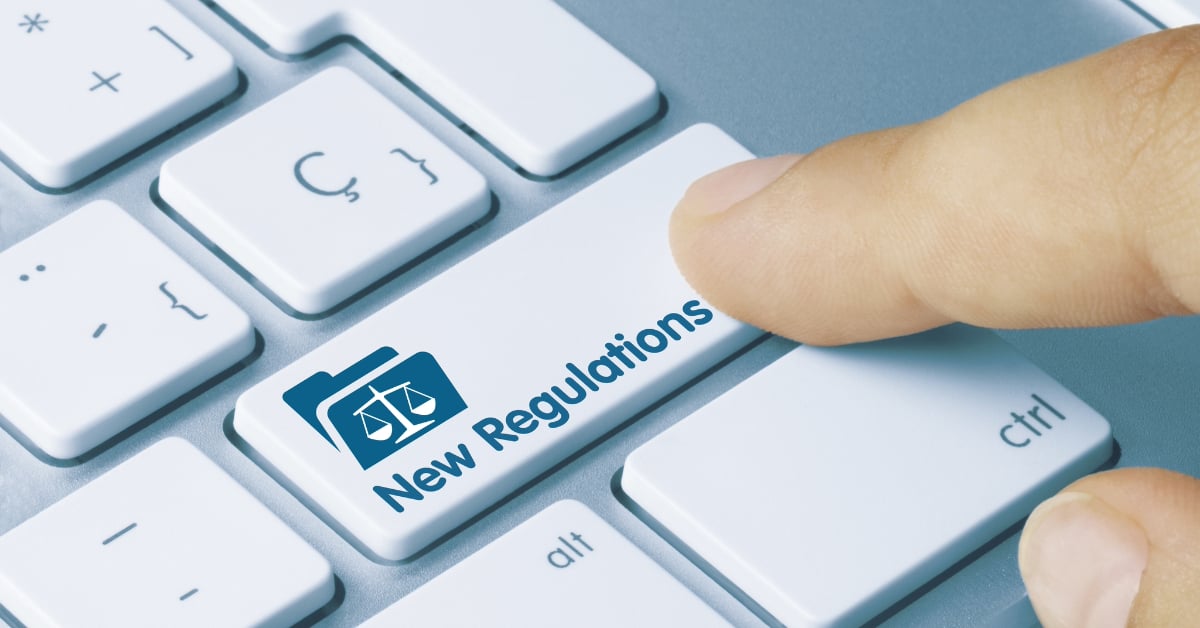A New Year Means New Opportunities for HR Professionals
With 2020 nearly behind us, it feels as though we have been holding our collective breath for the last nine months, waiting for a change, an update,...
4 min read
 Archbright Team Member
:
Dec 13, 2022 11:49:00 AM
Archbright Team Member
:
Dec 13, 2022 11:49:00 AM

With 2023 on the horizon, it’s awe-inspiring to reflect on last year’s accomplishments and, more so, how the way we work has forever changed since 2020. What started as a few weeks at home to protect employees from a new virus has revolutionized how we do business and employees approach work. In turn, employee training has shifted, and companies are adapting new strategies for the new year.
In 2022, many employers replaced their traditional office space with the employee home office, and we have learned that remote workers are more productive than ever before. Employees are demanding to continue virtual work and are migrating by the thousands to more rural areas. They are learning to connect differently in a remote environment, and companies are learning to train their employees with video and breakout rooms rather than in traditional classrooms.
In the process, employers notice that virtual training saves time and money, reduces travel costs, and minimizes employee time away from work. Furthermore, they realize that virtual training does not mean disconnected training. In fact, employees are learning to make new connections in virtual training environments that are often even richer than before.
History has shown that the way we train our workforce has evolved over the last 100 years due to technological advances and employee migration. This current shift, which I will dub the Labor Revolution, is in line with historical patterns.
The American Industrial Revolution began in the 1870s and continued through World War II. The demand for manufactured goods soared, and unskilled laborers migrated to cities in droves to work in higher-paying manufacturing jobs. In fact, by 1900, 40% of the US population lived in cities, compared to just 6% in 1800 when most workers earned their livings in small agricultural communities. In this new era, workers were hired and trained in “factory schools” to use new machinery. This was the birth of manufacturing in the United States as the Revolution led to the invention of the sewing machine, the steam engine, the internal combustion engine, and eventually, the automobile. Companies that thrived invested and adapted in this new age.
One such employer, the Ford Motor Company, produced the first Model T in 1908, marking the start of the Age of Science and Mass Production. During this 30+ year Revolution, previous inventions were refined, creating the gasoline engine, and improving mass production. With the invention of the assembly line during the Industrial Revolution, companies needed to train employees in speed and efficiency while focusing on ‘more is better’. Factory schools continued but with much of the training done on the job rather than in classrooms. Once again, employers adapted to ensure employees had the skills to succeed.
The Digital Revolution took over in the 1950s with the development of digital systems and advances in computing power, and it continues to this day. Workers are required to be highly skilled and are expected to be educated prior to employment. With technical training already in place, employers have shifted to offering more soft skills training. Empathy and effective communication skills are at the forefront of many employers’ minds as they have proven to increase employee engagement and decrease attrition.
Though we were unaware at the time, 2020 marked the start of the Labor Revolution in the American workforce. Forced to do business from our living rooms and kitchens, employees persevered, despite many hardships. Like our predecessors, who abandoned their small plots of land in search of a better life, we soldiered on through economic hardship, technological challenges, and social change. We learned and grew; we adapted.
For companies that weathered the storm, new challenges now lie ahead. The most significant hurdles include the following:
To keep employees engaged in a remote culture, Archbright University recommends the following classes:
To provide managers with skills to manage a remote workforce, Archbright recommends:
Finally, to increase leaders’ abilities to hold others accountable in a remote environment, Archbright offers the following courses:
As we reflect on the last two years, there is much to mourn and much to celebrate. History provides insight into what’s to come if we persevere and adapt to the changing times. Providing employees with strong skills will ensure they are at the forefront of the new era, and with that comes innovation and engagement.
Discover other Archbright University classes at Archbright.com/store. For more information on our other courses or about hosting a private team training, please contact info@archbright.com.

With 2020 nearly behind us, it feels as though we have been holding our collective breath for the last nine months, waiting for a change, an update,...

On March 12, 2022, Washington, Oregon, and California joined other states across the country by lifting mandates that required the use of masks in...

The holiday season is in full swing, and HR professionals know that means it's crunch time to wrap up any necessary end-of-year tasks and prepare for...